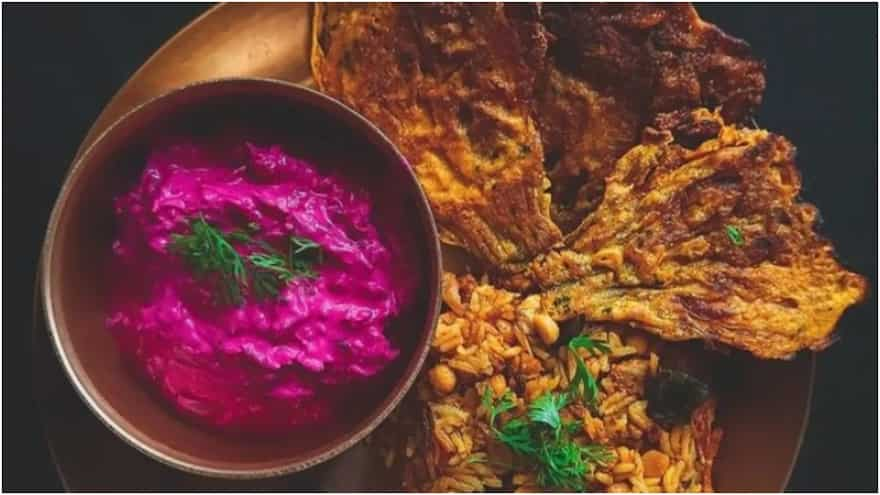The cuisine of a place is often reflective of how a community adapted, fought back and survived over the years. Not just geography, but food is also shaped by socio-economics. A plate full of Bengali delicacies has several stories to tell. Khichudi, Googli, Kochur Saag, Muri and Fain Bhaat are an inseparable part of the modern Bengali cuisine. But what lies behind the comfort of these dishes cooked by our grandmothers is the need to survive on whatever was available during the Bengal famine of 1943. A famine that killed more than 3 million people, it is only obvious that it not only swayed, but shaped how Bengali cuisine looks like now.
The Holocaust of the Bengal Famine
The 5 years long famine in Bengal started in the year 1941 and reached its peak in 1943. However, the scarcity of food was largely manufactured by then British Prime Minister Winston Churchill to prevent Bengal from falling into the hands of the Japanese. Janam Mukherjee’s book ‘Hungry Bengal’ explains in detail how food supply was cut short and all the surplus was directed towards Culcutta, so that the Japanese access to resources would be curtailed. Boats were taken away in case there was an infiltration from Burma. Amartya Sen wrote in his book ‘Poverty and Famines’ that “starvation is not the characteristic of there not being enough food to eat, but of some people not having enough food to eat”. Bengal was starving and it was being deprived of 2 things that were its staple – rice and fish.
 Picture credit: Kumro Phool or Pumpkin flower fritters | Instagram - @pinkfluencerr
Picture credit: Kumro Phool or Pumpkin flower fritters | Instagram - @pinkfluencerr
The Famine has had a far-reaching impact on the food habits of Bengalis for generations. Adding starch to gravies to thicken them is seen as a food hack now, while it was a way to cope during the famine. The stern scolding from our grandparents who told tales about how Goddess Annapurna punishes kids who waste food stem from bitter experiences of having nothing to eat. The ordeals of hunger got documented in movies like Satyajit Ray’s Ashani Sanket and Mrinal Sen’s Akaler Shandhane which showed the permanent imprint of the famine on Bengali culture.
So, the next time you bite on a kumro fooler bhaja, enjoy a bowl of comforting khichudi, or order mochar ghonto from a fancy Bengali restaurant, remind yourself that it is not just a delectable meal on your plate, it is trickled down history from the darkest times in Bengal.


